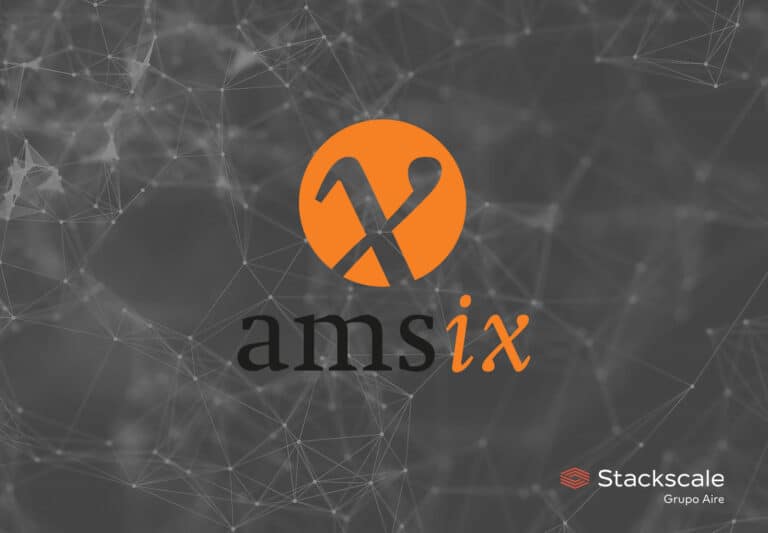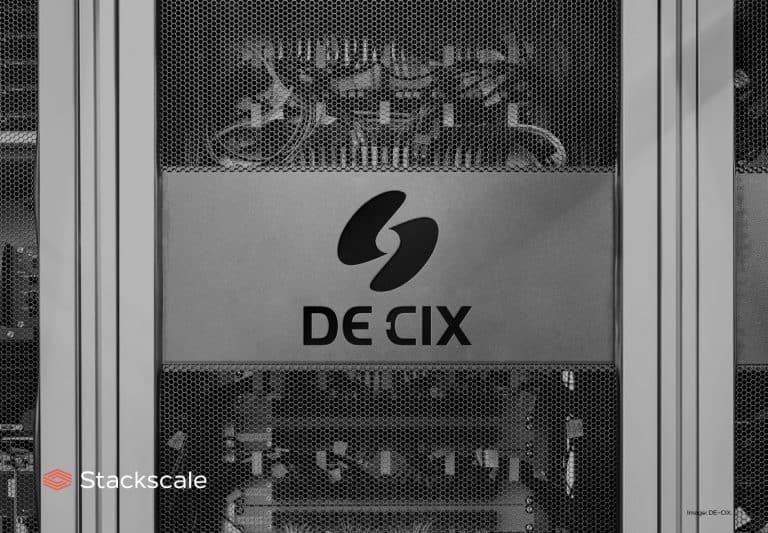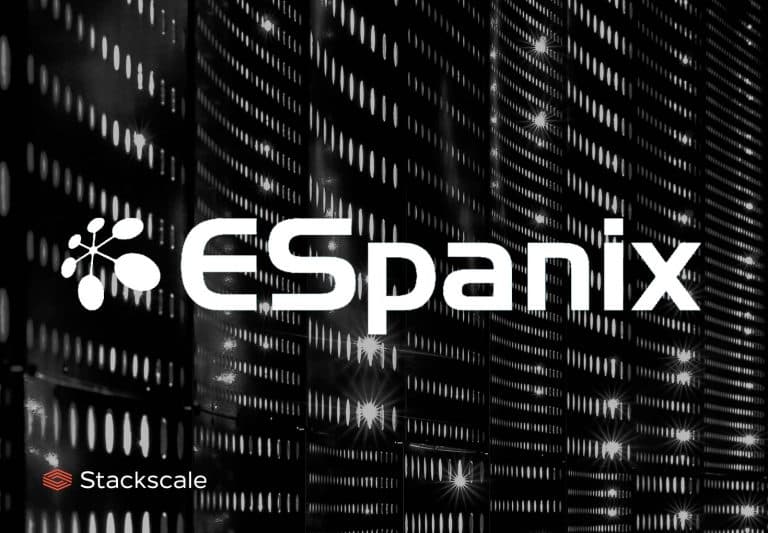SD-WAN is short for software-defined Wide Area Network, a cloud-oriented approach to manage Wide Area Networks (WANs). As bandwidth demand grows due to cloud traffic, video streaming rise, mobile connectivity, etc., traditional WANs have become more limiting and less efficient. That is why SD-WAN is becoming more and more popular. SD-WAN is a virtual Wide Area Network architecture designed to simplify and optimize branch office network connectivity.
Traditional WANs weren’t designed for a dynamic, Internet-based environment as the cloud. Since they backhaul all traffic from branch-offices to a corporate hub. This method was useful when users directly connected to the corporate data center to access business applications. However, with traffic moving to the cloud, this centralized approach no longer offers the required uptime — it worsens latency, productivity and Quality of Service (QoS) instead. Besides, the connectivity solutions implemented in traditional WAN architectures are expensive and lack flexibility.
How does SD-WAN work?
SD-WAN combines transport services (MPLS, TLE, etc.) to securely connect users to applications, without backhauling traffic. It uses a centralized control function to direct traffic across the WAN in a smarter and more secure manner. SD-WAN solutions overcome WAN issues by:
- Centralizing the management of the WAN infrastructure. For doing so, SD-WAN uses a controller software, which works as a network control layer. Said controller handles the WAN as a unit in order to define traffic classes, and security and QoS parameters.
- Abstracting the physical link and using several physical WAN links. By doing so, diverse connectivity services (such as MPLS, Ethernet and commercial or mobile bandwidth) can be used to direct traffic.
- Transforming the customer-premises equipment (CPE). Traditional CPE isn’t necessary in SD-WAN solutions. So, instead of using routers, some of them are based on load balancing devices which supervise performance. Such devices forward data flows through the most appropriate links according to the QoS requirements implemented in the centralized control panel.
Main capabilities of SD-WAN solutions
Centralized management
Software-defined WANs allow IT teams to establish WAN configurations in several virtual circuits and places. Besides, they include a controller that records performance metrics and error conditions.
Encryption and security
SD-WAN solutions usually offer high security through IPSec or other encrypted tunnels, to automatically protect virtual private WANs when crossing public networks. Besides, most solutions include firewall services and analytics tools for detecting security breaches.
Multi-route and multi-link support
Several physical circuits can be linked in a logical channel in order to increase capacity and reliability.
Dynamic route control
SD-WAN dynamically controls performance and adjusts traffic flows among the available physical circuits in order to balance loads and reduce overload.
WAN optimization
It includes capabilities such as traffic configuration for latency control, data compression, TCP protocol optimization, LAN protocol management, etc.
WAN simplification
It includes capabilities such as faster provisioning thanks to automation, easy configuration and centralized problem-solving tools.
Traffic prioritization for QoS
By categorizing applications and managing traffic, SD-WAN solutions can provide bandwidth guarantees for different types of services.
Main advantages of SD-WAN
SD-WAN allows companies to lower operational costs while optimizing the use of bandwidth, thus increasing performance, availability and efficiency. These are some of the most important benefits of using software-defined WANs:
- WAN simplification and automation.
- Improved visibility and control of the applications running in the business network.
- Increased cost-efficiency and bandwidth use efficiency.
- Network capabilities can be easily and quickly adapted to the company’s needs.
- High-performance for mission critical applications.
- Resource optimization.
- Improved user experience and QoS.
- Increased agility, reliability, security and network availability.
Main types of SD-WAN implementations
The main 4 types of SD-WAN implementations are:
- Solutions based on WAN infrastructure
- 100% SD-WAN solutions
- SD-WAN managed on the cloud
- Managed SD-WAN services
Managed SD-WAN services are probably the most common option. Since having an internal team to take charge of SD-WAN’s implementation and management would be more time-consuming and less cost-effective. Nevertheless, regardless of the solution, there is no doubt network modernization is essential in digital transformation and the adoption of cloud computing.
Several SD-WAN providers trust Stackscale’s network and infrastructure solutions for building their SD-WAN services. Our network, based on Ethernet with a minimum speed of 10 G, with 100 G aggregated ports, is significantly oversized and redundant at all levels. Besides, all networking equipment is wire speed; so, it reaches 100% bandwidth capacity of the interfaces, regardless of the circumstances, filters and type of traffic.
Stackscale is powered by a cutting-edge multi-100 G core network connecting every single device at a minimum of 40 Gbps and up to 800 Gbps for main trunk connections. The Internet is reached through several 100 G uplinks to major Tier 1 carriers and many 10/100 G connections in Internet Exchange Points; as well as numerous private peering agreements.
If you would like to know more about our solutions for SD-WAN providers, don’t hesitate to contact our team for a free quote.




